#I6
Rare Rides Icons: The History of Imperial, More Than Just a Car (Part VII)
Today’s installment of the Imperial series is our seventh and coincides with the seventh generation Imperial. Officially it was the second-generation car under the new Imperial marque, an independent arm of Chrysler launched in 1955 to compete with the likes of Lincoln and Cadillac. The move to independence brought with it a resurgence of interest in the brand, as the Exner styled ’55 and ’56 Imperials stood out from the rest of Chrysler’s offerings visually, and in terms of quality and luxury. We pick up in 1957 when it was time for another new Imperial.
Rare Rides Icons: The History of Imperial, More Than Just a Car (Part VI)
Our Rare Rides Icons series on the Chrysler Imperial picks up today at perhaps the most pivotal time in Imperial’s history. As the model’s fifth generation concluded in 1954, Chrysler was also concluding development of its big secret plans for Imperial: A new luxury brand of exclusivity and prestige.
Rare Rides Icons: The History of Imperial, More Than Just a Car (Part V)
Our history of the Imperial series continues today, as Part V coincides with the dawn of the Fifties. Imperial wasn’t in the best place after its long-lived fourth-generation model was parted by the cruel reality of World War II.
But Chrysler was determined to launch the Imperial of the Fifties in a big way, with more body style availability, the return of two wheelbases, and new technology.
Rare Rides Icons: The History of Imperial, More Than Just a Car (Part IV)
After its successful introduction in the Twenties, an Airflow-shaped misstep in the Thirties, and a return to its earlier formula in the latter part of that decade, big changes were in order for the new Imperial of the 1940s.
Rare Rides Icons: The History of Imperial, More Than Just a Car (Part III)
Our series on Imperial continues today, after a strong start in the coachbuilt Twenties turned into a big aerodynamic flop in the Thirties with the Airflow Imperial. The error in judgment was immediately apparent; the Imperial with groundbreaking styling lasted only three model years.
Chrysler was determined to start Imperial over, and in its third generation returned to a much more conservative large luxury car template.
Rare Rides Icons: The History of Imperial, More Than Just a Car (Part II)
Rare Rides Icons continues the history of Imperial today, after Part I left us neatly at what would become an unfortunate aerodynamic turning point. Ready for some Airflow?
Rare Rides Icons: The History of Imperial, More Than Just a Car (Part I)
Today Rare Rides Icons features a special Chrysler that was a car, then a brand, then a car again. Throughout its varied history, Imperial always represented the best of what Chrysler offered. First, we travel back to the Twenties.
Going Straight: 2020 Range Rover Swaps V6 for Inline Engine
After becoming the preferred choice for manufacturers delivering both mainstream autos and high-end performance vehicles, the V6 is starting to lose ground to its inline counterpart. Numerous automakers are replacing twin banks with one long one.
Despite the V6’s packaging advantages, mild hybridization and the standardization of modular engines has made the more-affordable straight six increasingly viable. Environmental regulations have also convinced many automakers to downsize, leaving large automobiles with V8-sized engine bays that can more easily accommodate a longer unit with fewer cylinders.
While Mercedes-Benz is probably the automaker best known for helping the I6’s resurgence, it’s not alone. Jaguar Land Rover is also abandoning the V6 for something straighter. Having already shown off its next-gen mill inside the Range Rover Sport HST, the brand now plans to install it in its flagship SUV for the 2020 model year.
Review: 2013 & 2014 RAM 3500 Diesel (With Video)
Nothing is more American than the pickup truck. If the stars and stripes thing ever gets old, they will probably get replaced by a RAM / GM / Ford montage. The other thing that’s quintessentially American is an arms race. No, I’m not talking military hardware, I’m talking about the eternal RAM vs Chevy/GMC vs Ford tuck wars. Who has the best frame? Who has the best engine? Who can haul the most? Be prepared to draw your weapons and click past the jump. Chrysler sent me a 2013 RAM 3500 for a week and then invited me to taste test the refreshed 2014 model for a day.




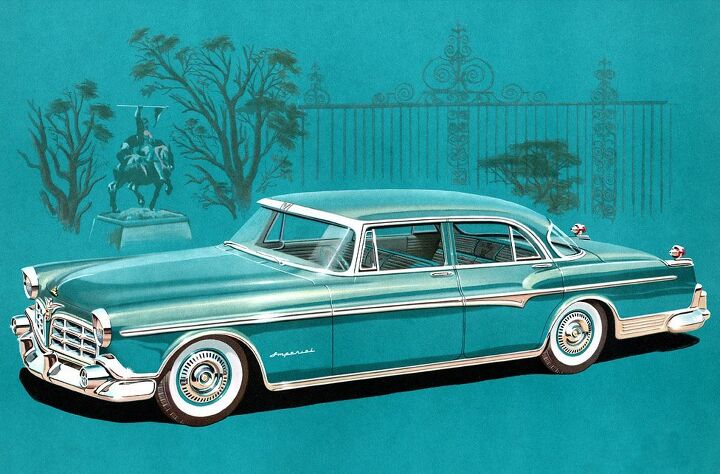


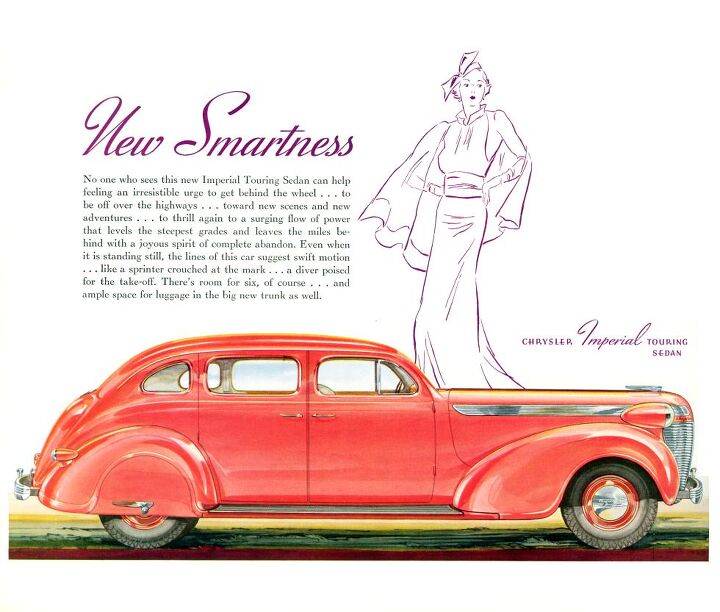
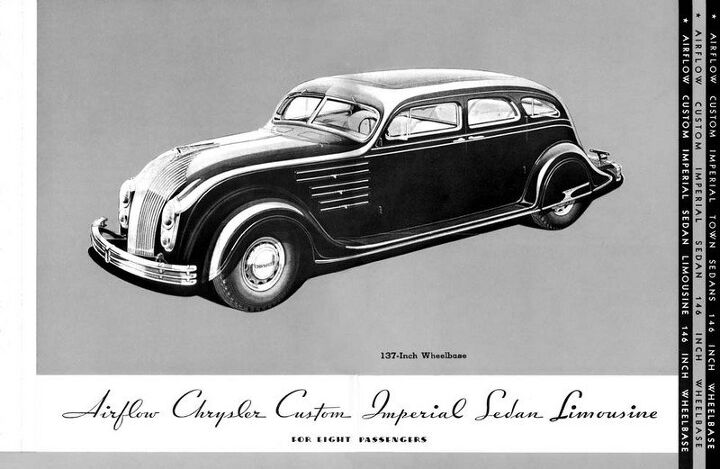

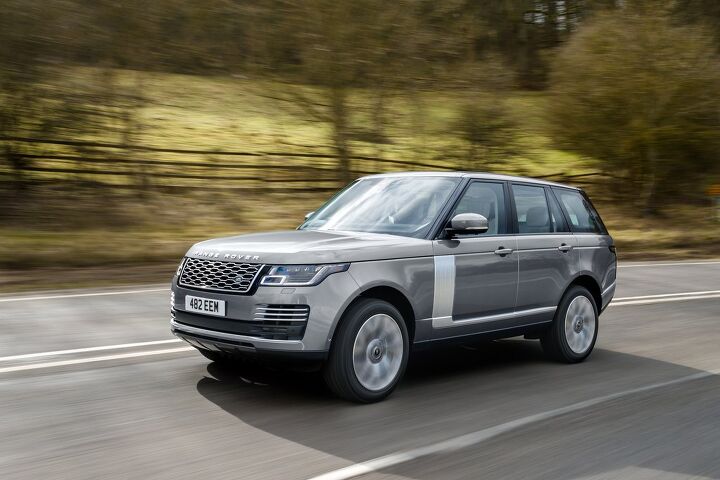
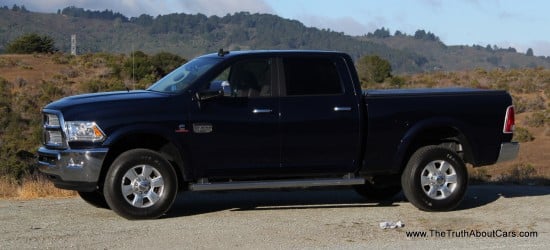












Recent Comments